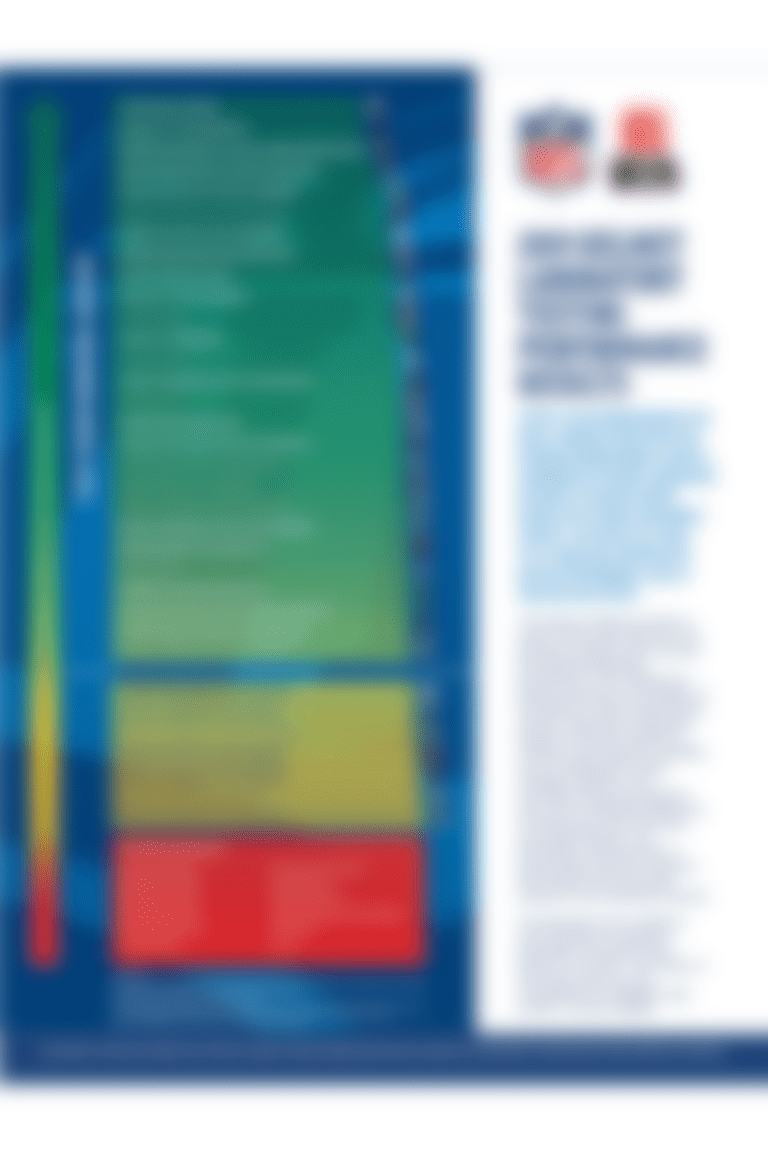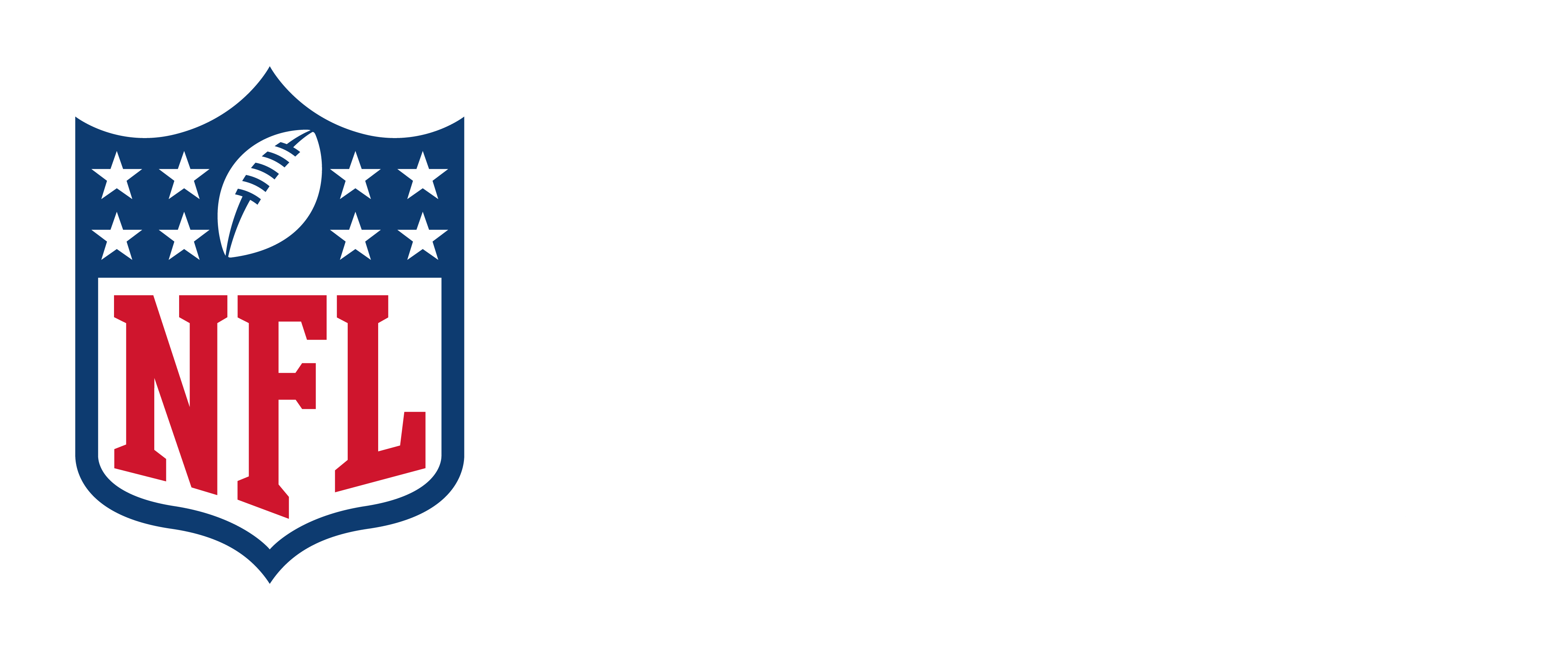They may look the same on TV, but NFL helmets are unique pieces of equipment that should be carefully chosen by players based on safety, performance, fit and comfort.
Every year on behalf of the NFL and NFLPA, biomechanical engineers perform extensive testing on those helmets to determine which models best reduce head impact severity under specific laboratory conditions. The results of those tests are displayed on a poster and shared with NFL players to inform their helmet choice.
The testing, ranking and education of players about better-performing helmets is a key component of the league's ongoing efforts to advance player health and safety. As of the 2019 season, 99% percent of NFL players are wearing helmets ranked as top-performing in the NFL-NFLPA testing.
How Helmets Are Ranked

The goal of the helmet testing is to determine which helmets perform best under laboratory conditions simulating a subset of concussion-causing impacts sustained by NFL players during games.
Over the past five years, NFL and NFLPA-appointed biomechanical engineers have tested dozens of football helmet models. The tests measure rotational velocity and acceleration as part of a combined metric to evaluate and rank helmets based on their performance.
Though NOCSAE (National Operating Committee on Standards for Athletic Equipment) offers a certification test on protection against severe traumatic skull and brain injuries, the NFL-NFLPA study ranks the relative performance of the helmets regarding head impact severity under the tested conditions—from the best performers to the lowest.
On the annual poster, the top-performing models are labeled in a green gradient. Suitable but lower-performing models are labeled in yellow. Prohibited helmet models (because they perform poorly in laboratory testing, have been discontinued by the manufacturer, or were produced by companies no longer manufacturing football helmets) are labeled in red.
Sharing Data with Players
The results of the laboratory tests are displayed on a poster displayed in club locker rooms, where players can easily access the information and discuss the results with equipment managers, as well as medical, training and coaching staffs.
Prominently displaying the helmet testing results on an easy-to-understand poster and educating players about the benefits of moving into better-performing helmets has already yielded encouraging results.
At the beginning of the 2018 season, 41 percent of NFL players were wearing helmet models that ranked in the top-performing green category. By the end of the season, that number increased to 74 percent.
This season, 99 percent of players are wearing helmets from the top-performing group.
Prohibited Helmets
In 2018, the NFL and NFLPA announced that, for the first time, players would be prohibited from using helmet models that, although certified by NOCSAE, fell short in NFL-NFLPA laboratory testing, were discontinued by the manufacturer, or were produced by companies no longer manufacturing football helmets. Six helmet models were immediately prohibited, and four were grandfathered into play for veteran players for one more year.
The NFL worked with those players and their teams to help facilitate a transition to new helmets. By the end of the 2018 season, only 32 players, or about 2 percent of the league, were wearing prohibited helmet models in the "red" category.
The grace period was eliminated prior to the 2019 season – meaning that all helmets that appear in the "red" section of the helmet poster are now officially off limits to all players in the NFL.
Innovating for the Future
In addition to getting players into better performing helmets, the helmet-testing studies have also helped drive innovation in equipment manufacturing.
Of the 11 models tested in 2019, nine were new to the market and six of those new entrants were ranked among the top 10 on the 2019 poster, signaling that industry-driven improvements in design, engineering and technology are yielding better results for reducing head impact severity in the tested conditions.
By sharing data and funding innovative equipment design concepts through initiatives like the HeadHealthTECH Challenge, the NFL continues to raise the bar for helmet technology that aims ultimately to help build a better game.











